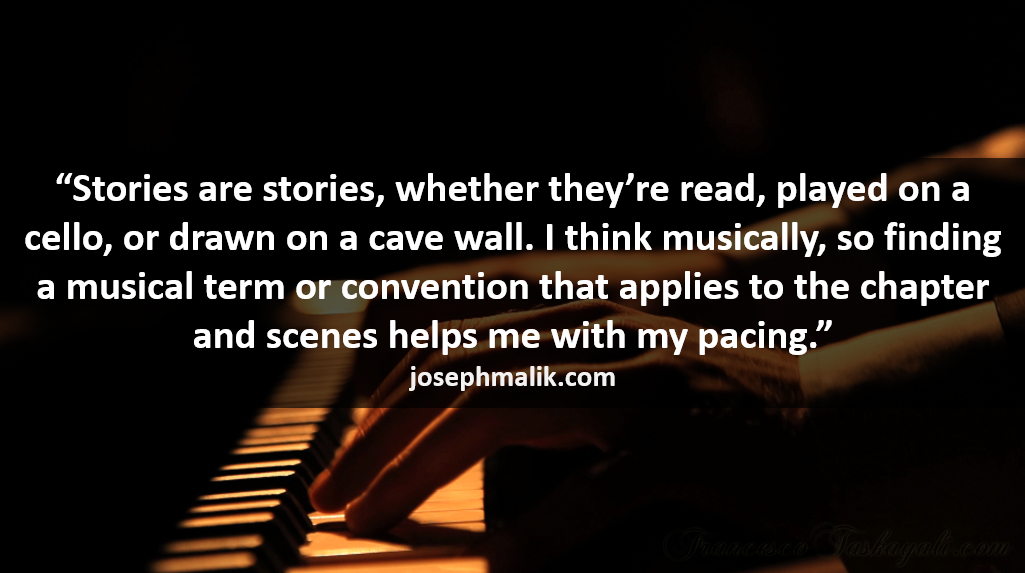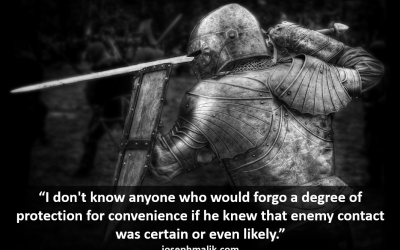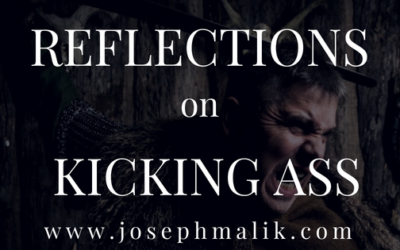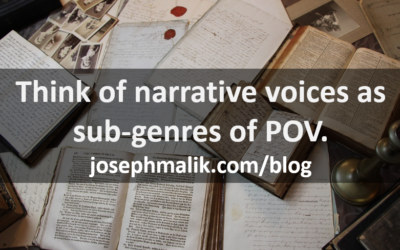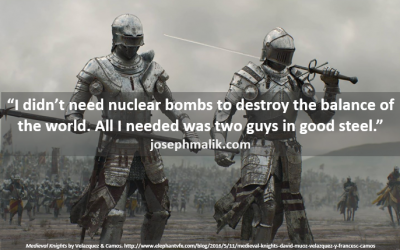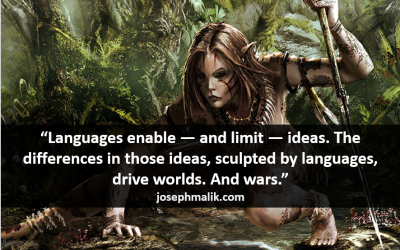I want to talk pacing.
This is a thing that I haven’t really noticed anyone else do, although I’m sure that other writers do it, too. Maybe we all do, in our own way.
I have a musical background, so I compose my books like a work of classical music. Not technically; I mean, I’m not sticking to, say, sonata form or anything. But all my chapters have musical names that relate to their makeup, pace, and placement/purpose in the story.
The opening chapter of Dragon’s Trail is “Prelude.” The second, setting the tone and the recurring themes, is “Overture.” A later chapter in which every character involved figures out the same thing through different circumstances and scenes is “Rondo.” A short chapter in Book II, The New Magic, that concerns just one character is called “Aria.” And so forth. The chapter titles may not even be names of forms; the title may just be an instruction from the composer, e.g. “Accelerando” — okay, we’re gonna slowly speed this up.
Anyway, short post today because I’m editing. But the point here is that stories are stories, whether they’re read, played on a cello, or drawn on a cave wall. I think in music, so finding a musical term or convention that applies to the chapter and scenes helps me with my pacing. I can lay out all the chapters and look at the titles and see how they flow. Do I want a dirge leading right out of several quick dance numbers? Maybe. Maybe not. If not, do I need a break between? Maybe this is where I put in an aria or a cadenza. These names let me know where — or even if — the chapter belongs, and whether a scene belongs in the chapter.
Anyway, it works for me. Your mileage may vary.

